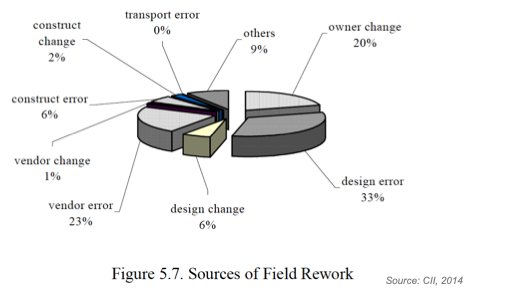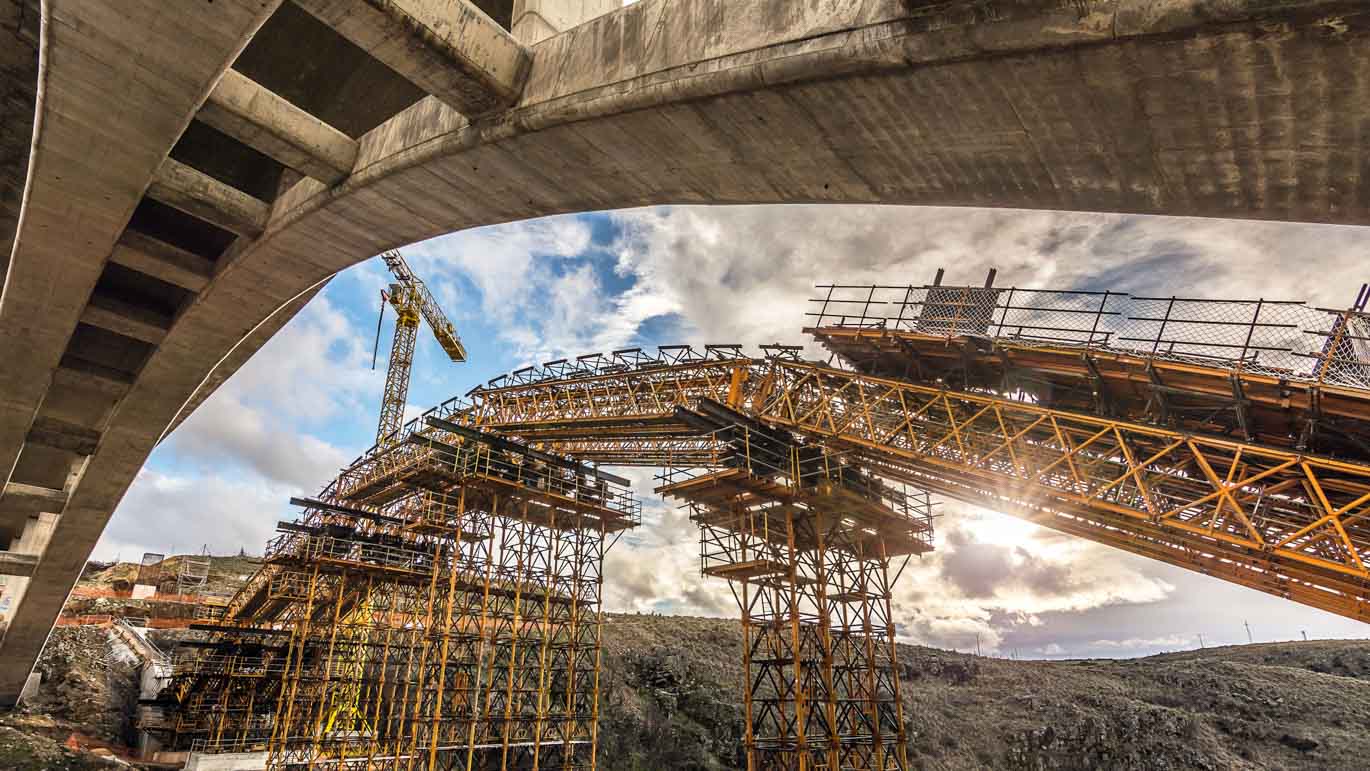A practical guide to understanding and applying a construction-driven approach to modern capital projects planning and execution
A construction-driven capital project is a project where, while respecting business objectives, all plans and engineering are organized to support the construction strategy and sequence. Practically speaking, this means that engineers, schedulers, procurement teams and everyone else involved in the project must reevaluate their work processes to ensure that they are meeting the well-defined requirements of construction.
For most established capital project organizations, moving to a construction-driven mindset is a significant paradigm shift. While challenging, the reward is a more predictable project in terms of safety, cost and schedule outcomes that is far more likely to be delivered both on-time and on-budget.
Engineering-Driven vs. Construction-Driven
Today, the vast majority of capital projects are engineering-driven. An engineering-driven project is organized around the needs of the engineering process and method. Most engineering-driven projects adopt this approach by default, not design; capital projects necessarily begin with engineering, and so engineering teams exert an outsize influence on project outcomes. This influence is often unwitting, and it extends well beyond simple constructability to scheduling, work packaging, procurement, and construction.
For example, most engineering teams design by system and push drawings to the field on a system-by-system basis. But construction is not completed by system, and so new drawings don’t drive or support construction in a deliberate, purposeful way. In fact, on many projects there is little correlation between the amount of engineering completed and the progress along the Path of Construction (PoC).
This disconnect has a staggering impact on capital project predictability. Nearly two-thirds of all field rework can be traced back to engineering. According to CII, 33 percent of all field rework originates with design errors, six percent comes from design changes, and 23 percent derives from vendor-related errors. This doesn’t include other issues that undermine predictable project delivery, like scheduling problems and procurement errors — in many cases, these, too, can be traced to engineering.
Don’t blame your engineers for this disconnect, they are only following well-established best practices in their field of expertise. Capital project leaders must take responsibility for the problems, and start working to fix them and doing the proper integration.

What does construction-driven engineering look like?
Construction-driven engineering teams organize their work around the needs of the construction team. In most cases, this means they will issue engineering deliverables in a sequence that supports the Path of Construction.
To achieve this, leaders must have a clear understanding of the Path of Construction before engineering starts. Engineering teams need full visibility into the PoC, and project leaders must provide a schedule for delivery of consolidated Engineering Work Packages that will support construction. An Engineering Work Package (EWP) is a diverse set of engineering deliverables that are assembled to support a specified scope of construction work. They typically form the basis of Construction Work Packages, and ideally contain everything a workface planner needs to create Installation Work Packages. EWPs are a foundational component of the Advanced Work Packaging process; they’ll also help you understand how engineering progress correlates to construction progress.
Finally, Owners must understand the cost and schedule trade-offs inherent in construction-driven engineering. Engineers cannot make decisions in isolation.
For example, an engineer won’t design a foundation until the structure that will sit atop that foundation is complete. This makes perfect sense in the world of the engineer, where work takes place virtually and the driver is optimal system design. In this case, the foundation design can only be optimized when the final scope of the building is established, so the foundation will be designed last.
Perhaps an early start takes precedence and so the foundation will be overdesigned (and more expensive) to accommodate the eventual equipment and structure installation order, whatever its size.
The process of establishing a Path of Construction will surface these kinds of problems before they become delays or cost overruns, or both. An investment here will help you align both engineering and procurement around the chief goal, which is to facilitate on-time, on-budget construction.
Fundamentally, capital projects are construction projects. Construction-driven thinking means that all stakeholders in the project ecosystem understand that the most important client, after business/operations, is the construction team: the construction manager, the supervisors, and the labor. Construction-driven thinking results in construction-driven planning, engineering, and procurement, and ultimately drives sustainable, predictable capital project delivery.
If you’re ready to start benefiting from construction-driven project execution, contact us.





